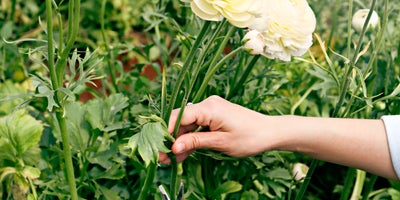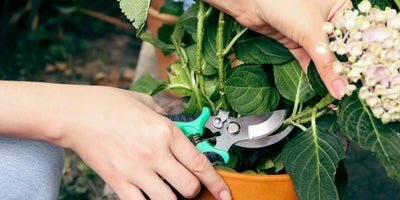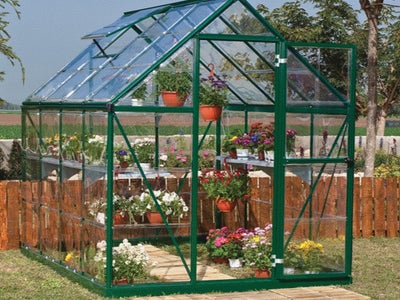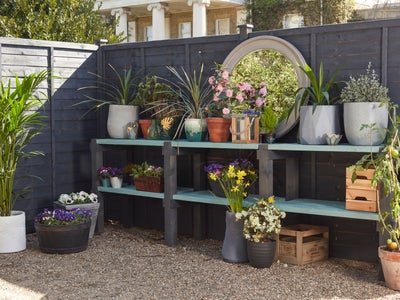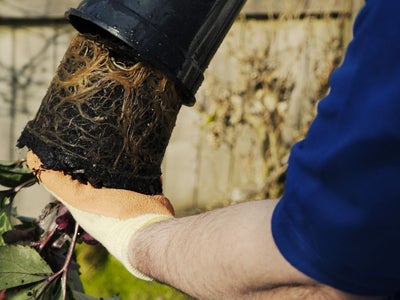The power of pruning: keeping plants at their best
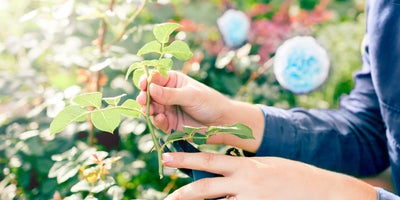
Around this time of year, it’s important not to forget about the plants that have just finished flowering. Spring-flowering shrubs bring life to the garden after a sleepy winter, bursting into bloom before many of the other plants have even started poking their heads out of the soil. A little bit of care and attention will help them continue to flourish even after they’ve finished flowering. Getting your timing right really helps to improve their performance - it’s not just about maintaining the size and look of the plant, but also helping them grow healthy and strong.
Shop the Range
